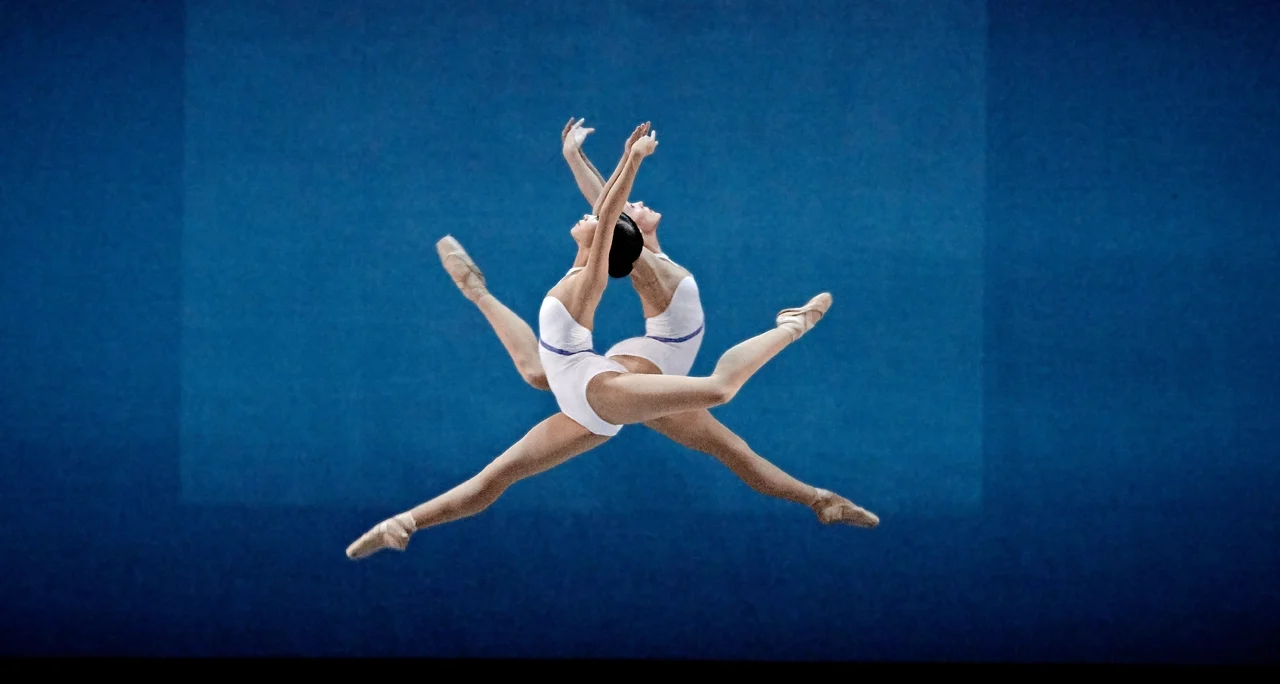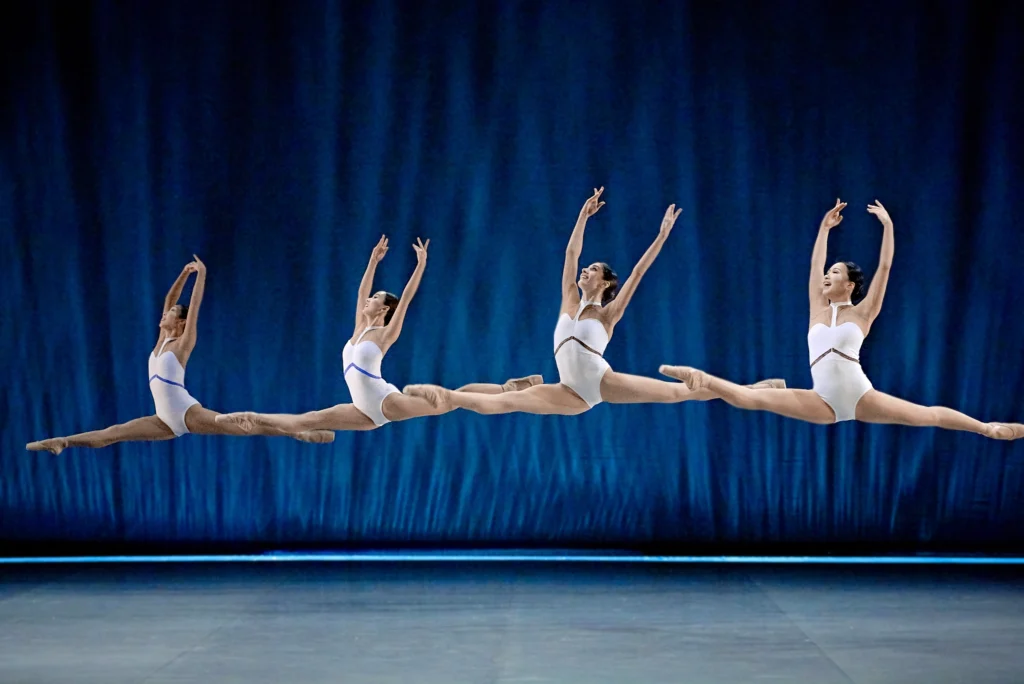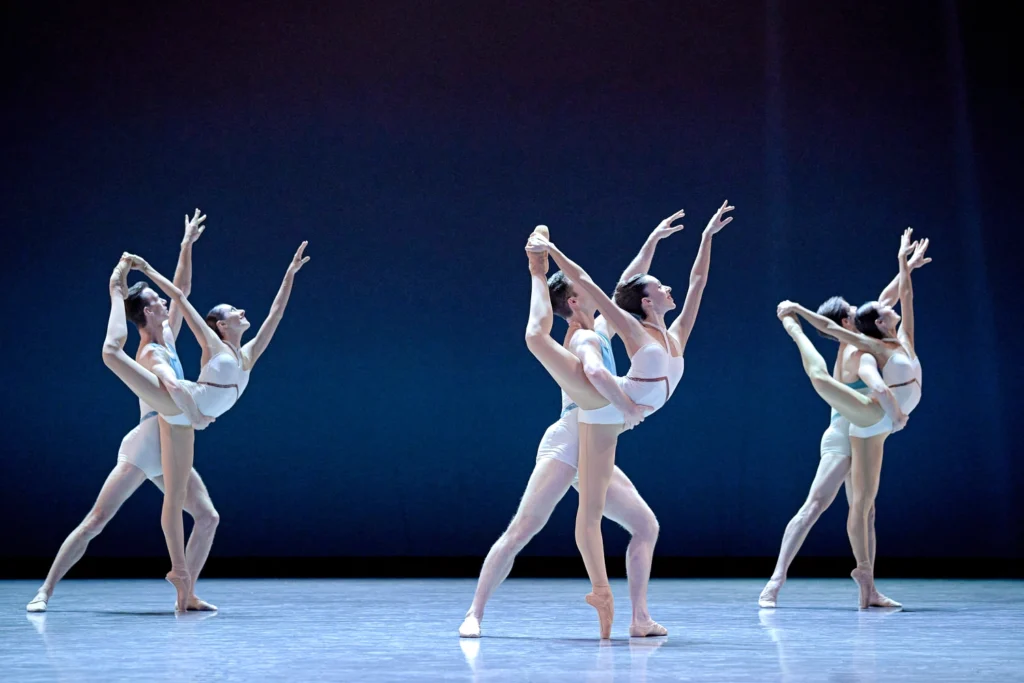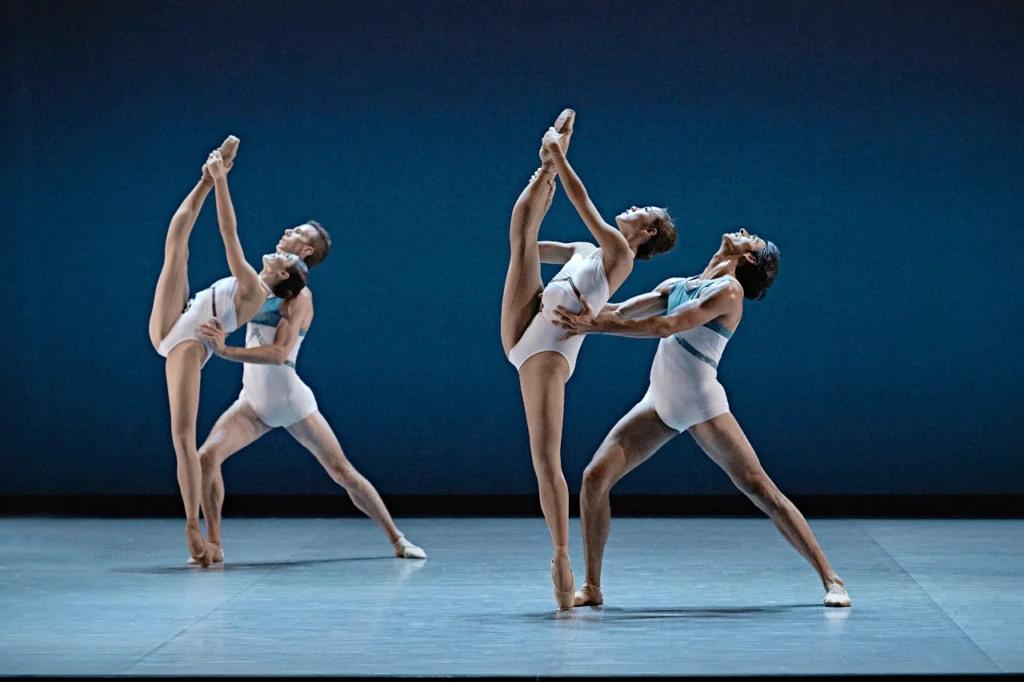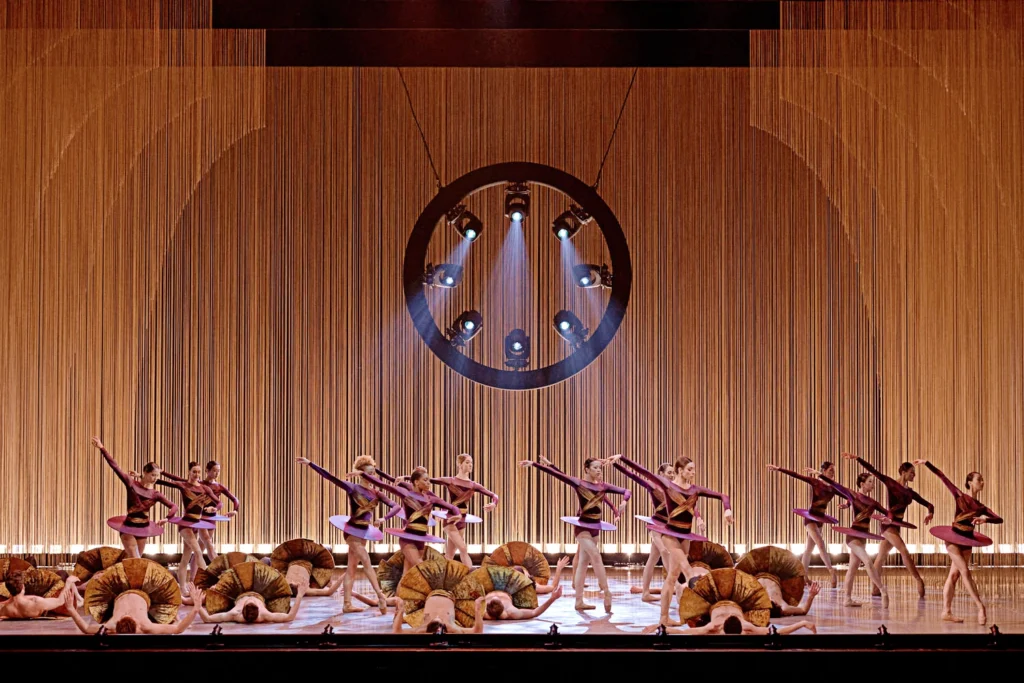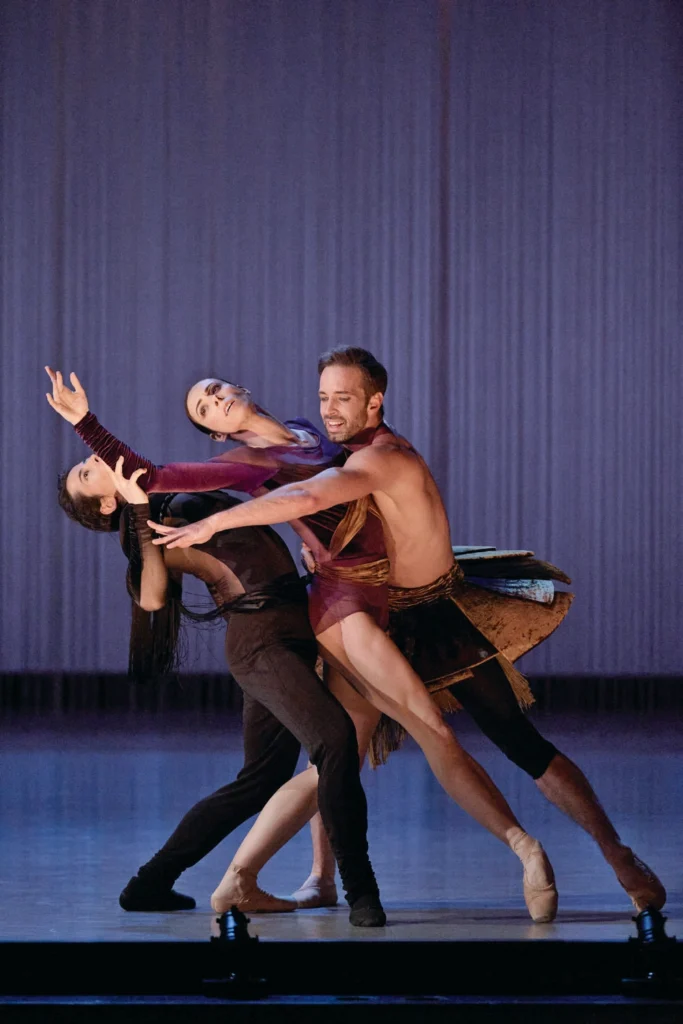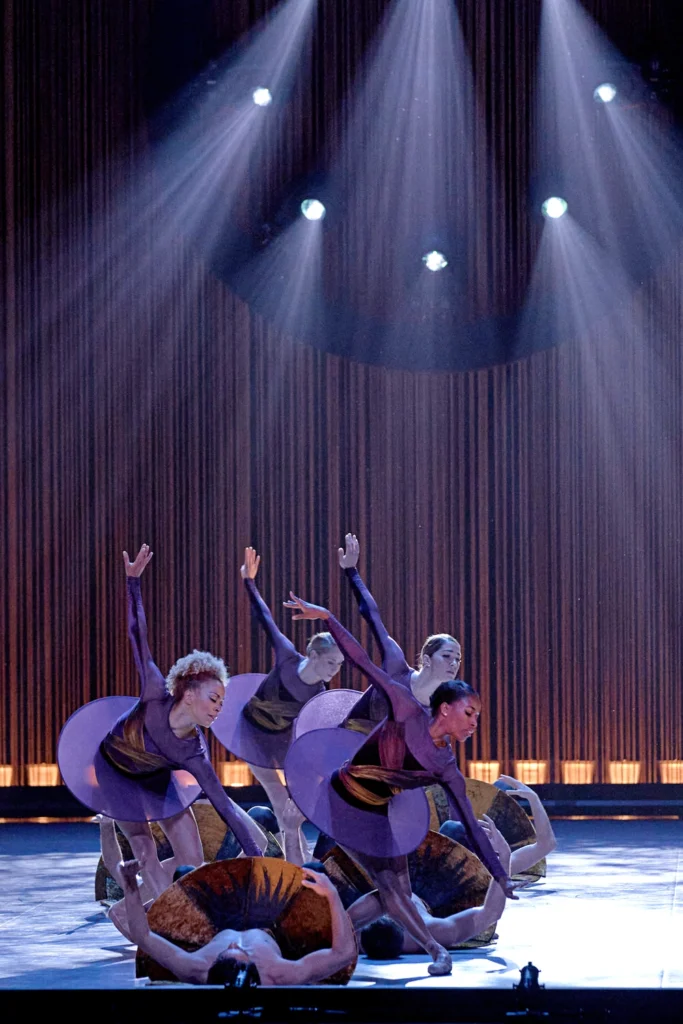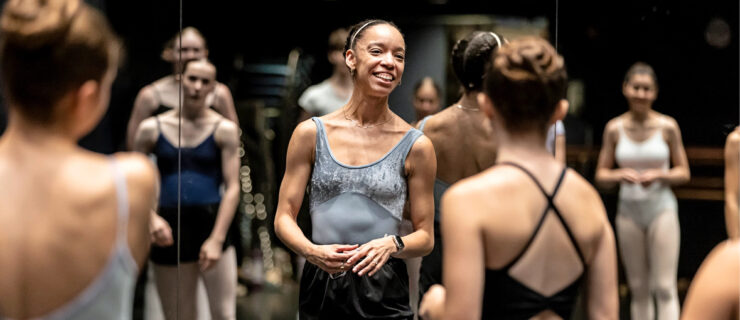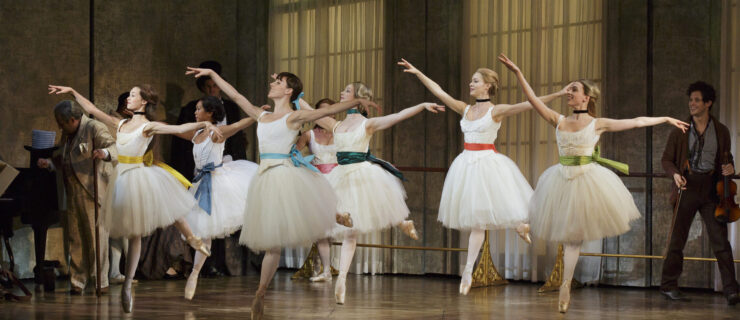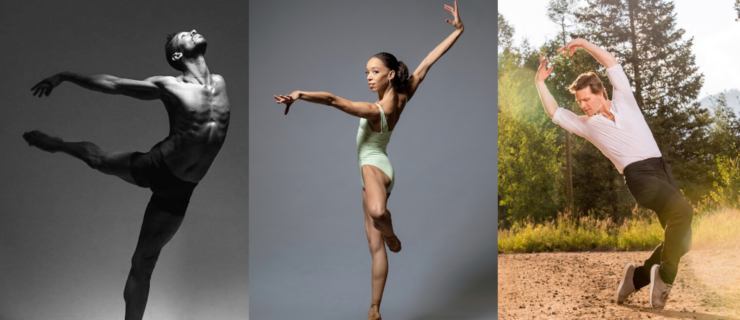After a Decade, Les Grands Ballets Canadiens Returns to the U.S.
Since it was founded in 1957, Les Grands Ballets Canadiens de Montréal has performed in over 300 cities in 30 countries—from Mexico to Egypt, Greece, Italy, China, the U.S., and more. It’s been 10 years since the company last visited the U.S., due in part to rotating tour locations, but most recently because of pandemic-related delays. This month, that’s about to change.
Traveling from its home in Montreal, Quebec, the lauded contemporary ballet company will make stops in Fairfax, Virginia, on February 10; Lincoln, Nebraska, on February 14; and Minneapolis, Minnesota, February 17 and 18. The company will perform Dancing Beethoven, a two-ballet program featuring Garrett Smith’s Symphony No. 5 and Uwe Scholz’s Symphony No. 7—a celebration of two of Beethoven’s most powerful orchestral works that “encapsulates the spirit and intensity of his compositions through dance,” as described by Les Grands Ballets artistic director Ivan Cavallari.
“Beethoven: You don’t need words to describe his music, which for me has the power really to elevate our souls,” says Cavallari. He and the company look forward to returning to the U.S. after such a long time away. “Communicating through our dancing and performing around the world is our mission,” he continues. “So if we are not touring, we are missing out on that mission.”
Pointe spoke with Cavallari to learn more.
Les Grands Ballets is performing in Fairfax, Lincoln, and Minneapolis. What is the significance of visiting those particular cities?
These are university cities, and I think it gives the students and all the people who live there a good chance to see something locally. Universities are always putting together cultural programs, which is very important for the students—the exchange is vital. So there is not a big city or a small city. There is a stage, and that is what counts.
Why did you choose to tour with Dancing Beethoven?
Both the fifth and seventh symphonies, although they are very different, are so powerful. The fifth symphony, which we commissioned Garrett Smith to choreograph, is very popular—those first four notes people say are destiny knocking on the door. But the music is huge the whole way through. Unless we are real musicians, we often don’t know that, so I think it’s very important to discover the symphony’s other movements, which are really beautiful.
The whole program, altogether, is a big jump in the ocean that is the music. And we’re digging deep.
How do both choreographers on the program, Garrett Smith and Uwe Scholz, tackle Beethoven’s music?
Uwe Scholz was inspired enormously by George Balanchine and John Cranko, so he combines their qualities of narrative and musicality. When Scholz first created Symphony No. 7 at the Stuttgart Ballet, I was still dancing there. He chose a very fast version of the symphony—it was so fast he threw me out of the cast because I couldn’t make it! [Laughs.] You can really see the score in his choreography.
Smith took a completely different approach. Obviously you can’t ignore the music with the fifth symphony, but his concept took an entirely different journey. It’s its own atmosphere when it comes together with the sets and lighting. Smith is also still a living choreographer, and Scholz is no longer alive. I think the evening becomes very interesting because of this opposition—you don’t really have a comparison between the two ballets.
Is there anything that you are particularly looking forward to with this tour?
Every tour brings something new and brings the company together. The fact that we’re not just working together but traveling together, eating together, and going out together, it’s like traveling with 45 members of a huge family. Every time we come back home, the company is so joyful.
I think that touring—meeting an audience and gathering life experience—is sometimes like going through a very difficult book. When you close the book, you’ve learned a little bit more about yourself.
There are some dancers in the company with roots in the U.S. Have you noticed any particular excitement from them?
Oh, yes! Kiara DeNae Felder is extremely excited—her parents came to see her perform Juliet when we created [Romeo and Juliet] in 2022. She’s from Cary, North Carolina. Roddy Doble is a principal dancer [from Southbury, Connecticut]. I think it’s very important (and it’s very fortunate, especially for the family) that they get to see their dancers onstage, and then spend some time together.
Might we expect to see the company return in the coming years?
We certainly hope so! We are trying to tour once or twice a year, rotating locations, and if it’s sustainable financially we try to do it even more. But we’d love to return to the U.S., yes.
